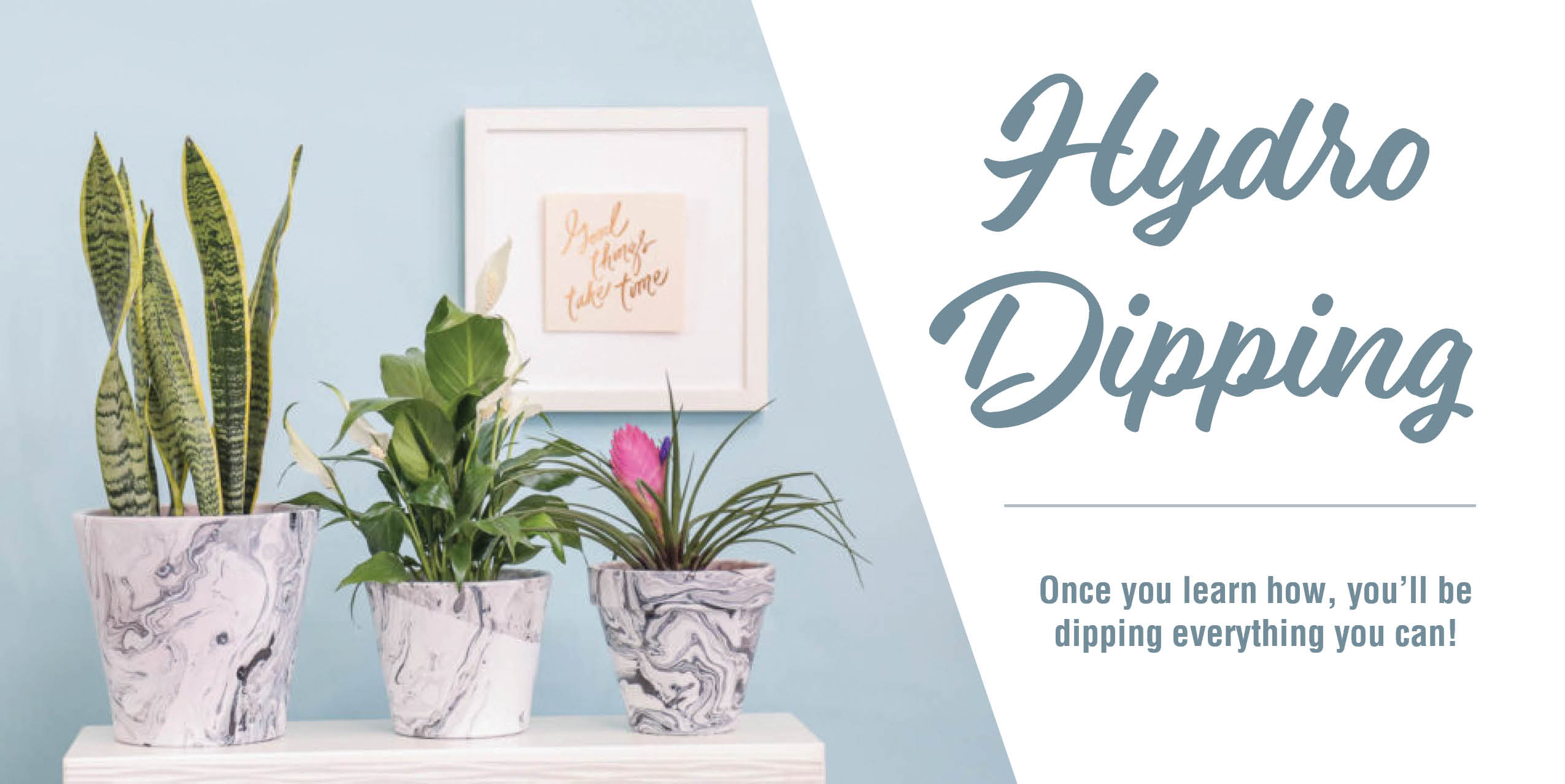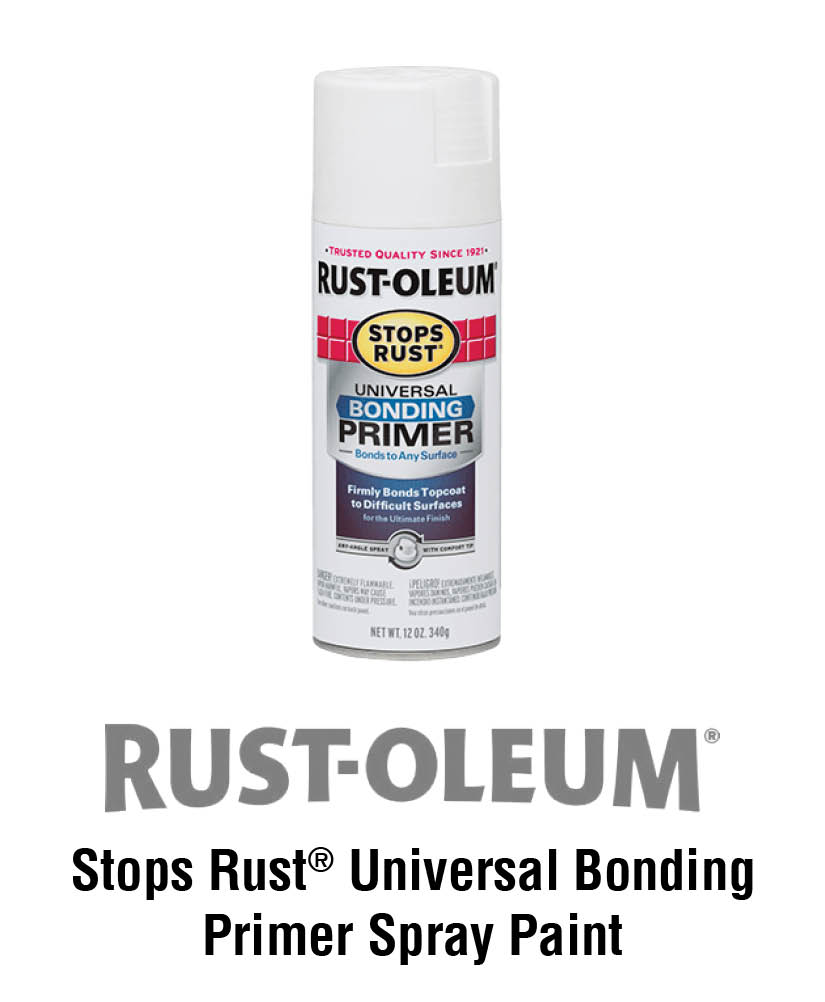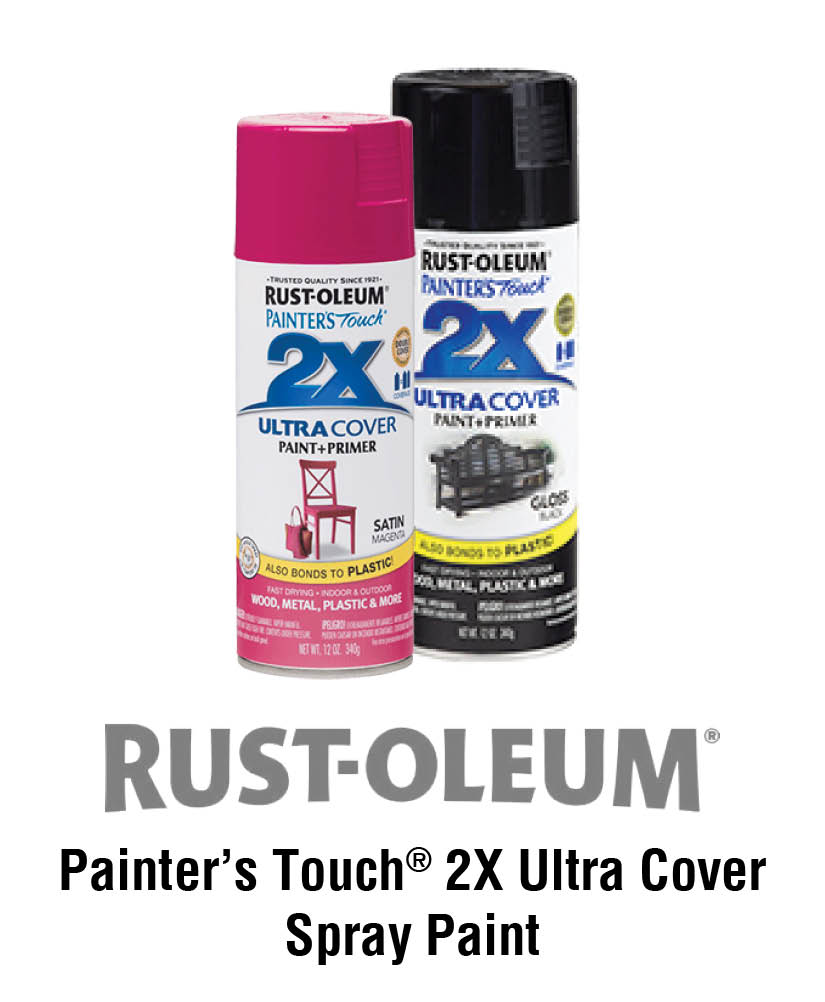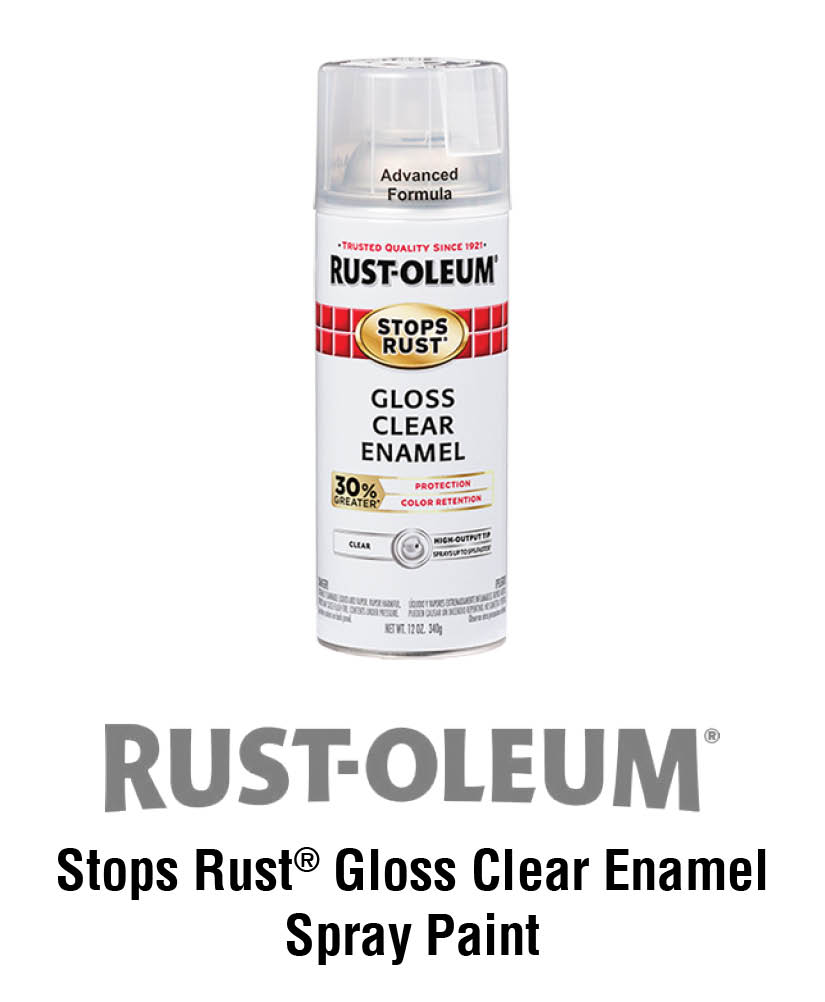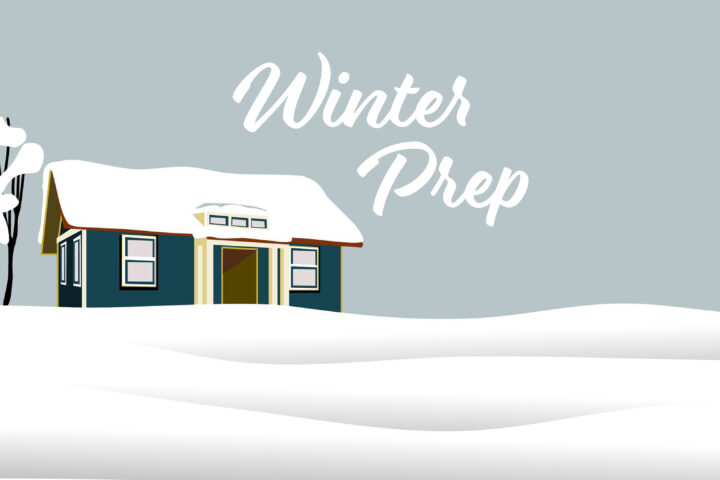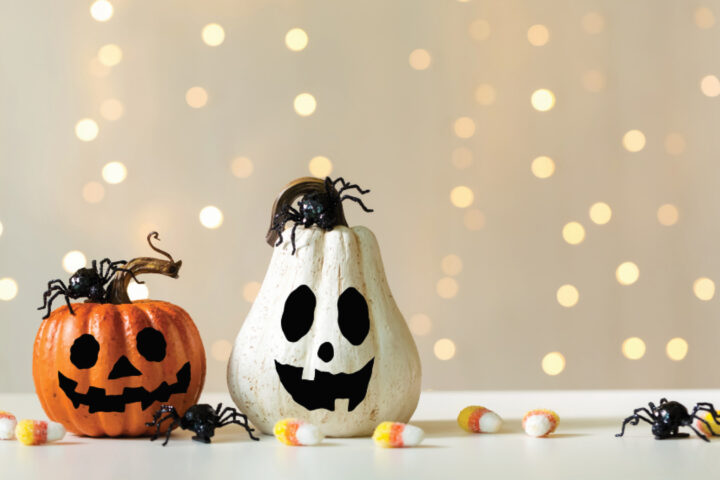Let’s Hydro Dip. Once you learn how, you’ll be dipping everything you can!
Hydro Dipping, also known as immersion painting or water transfer painting, is a process where paint is applied to an object by dipping it in a water bath. Most any three dimensional object that can get submerged under water will work. Over the past few years Hydro Dipping has gained popularity and it is a fun and creative DIY activity. So, let’s get started!
Materials:
- The item(s) you want to dip (you can dip most anything, really). We’ll show you multiple examples. Ceramics, glass jars or bottles, and terracotta pots work great!
- Rust-Oleum Bonding Primer Spray Paint
- Rust-Oleum Spray Paint (pick 2-3 of your favorite colors – you will need at least 2 different colors and no more than 4).
- Tub of water (make sure it’s a tub you don’t care if it gets dirty, it will get paint on it. Also be sure it is large enough to fit your item(s) and the water is deep enough to be completely submerged).
- Rubber gloves
- Rust-Oleum Clear Enamel Spray Paint (optional, apply for added protection)

Instructions:
- If the item(s) you’ve select to hydro dip are slick, you will want to make sure to put down a coat of primer for a good base. The paint will adhere better and you’ll have better results. Wait for the paint to completely dry.
- Start spraying your first color onto the top of the water in your tote. Make sure you spray in the middle as the paint will spread towards the tote walls. Take your second color and spray directly onto the surface of the water, again in the middle. Repeat. You’ll see the paint will start to look like a striped circle on the water.
- Once you are done spraying your paint, you’re ready to dip! HINT: Make sure to wear gloves for this part. You will hold your item above the water and slowly start dipping it into the water. Make sure to take your time, so the slower the dip, will provide better coverage.
- When your item is completely submerged, move it around underneath the water with one hand. With you other hand start clearing the surface of the water in a fanning motion, this will allow you to pull your project up out of the water without getting more paint on it.
- Lift your item out of the water and gently shake off excess water. HINT: You can use a blow dryer to push off the remaining water droplets (use the low setting).
- Let your project dry completely overnight. For added protection, coat with a clear finish.
We want to see your photos, but don’t forget to tag us at: @mbspbs & hashtag: #mpbsproject
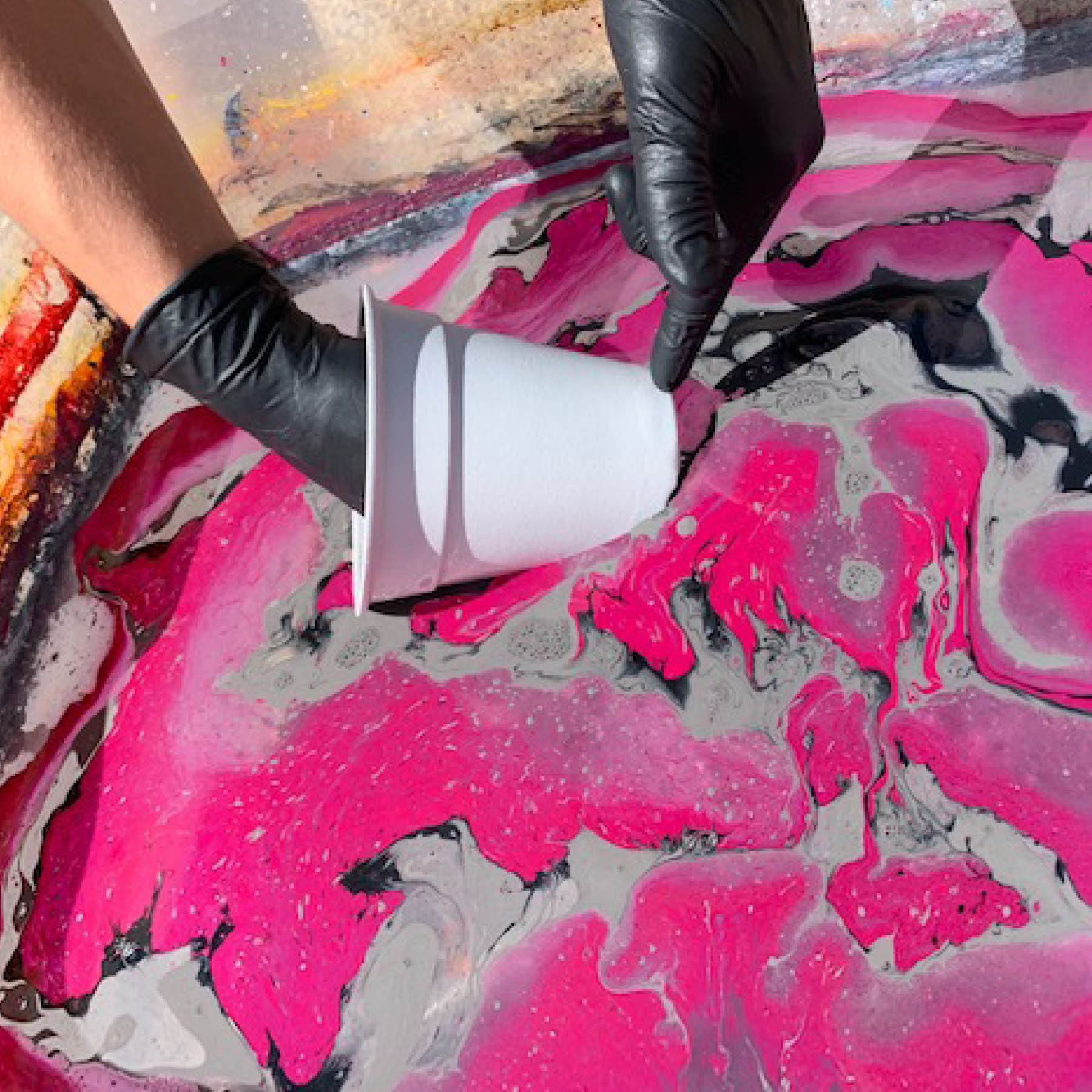
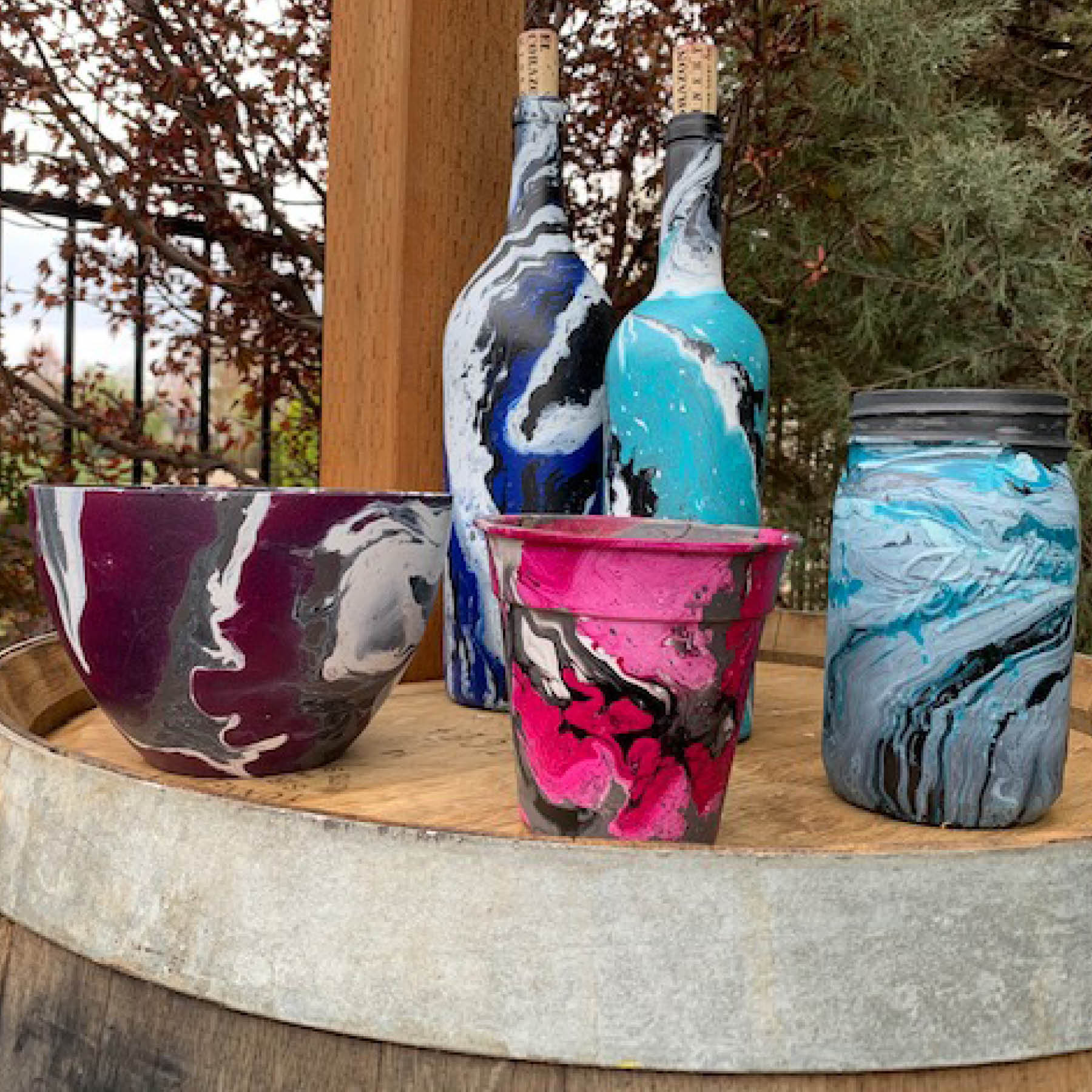
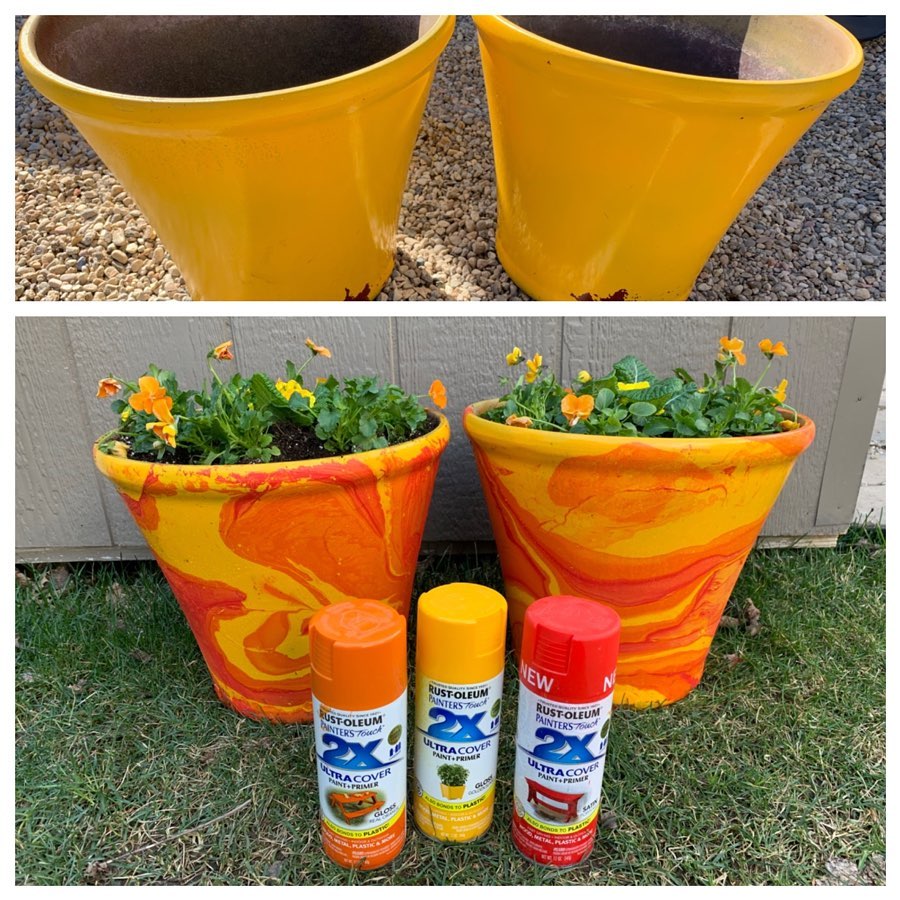
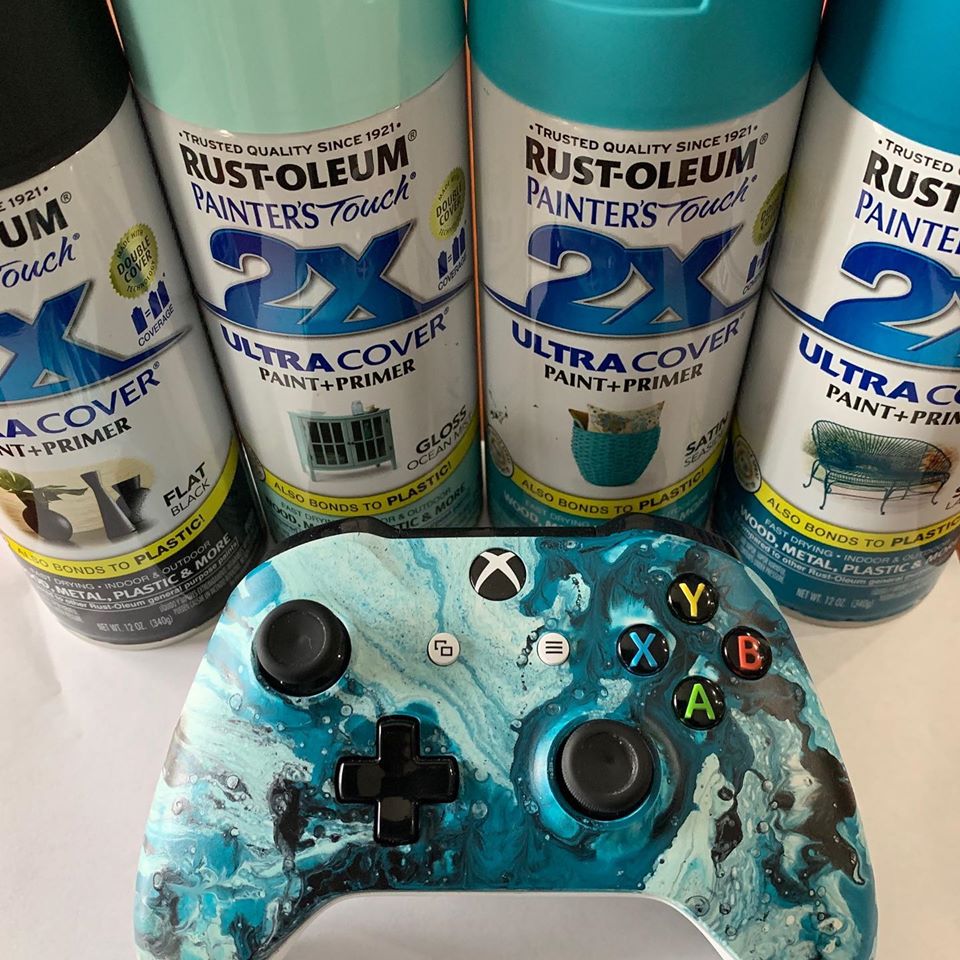
Looking for more DIY projects, tips, and inspiration? Check out all our blogs. Also, shop our selection of Rust-Oleum spray paints in our stores.
Thanks for reading,
Jessica Hastriter
Director of Marketing & Advertising


